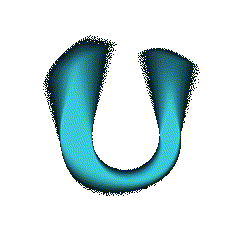Tchaikovsky did not particularly like the first of his three ballets: at the time of composing it he was not experienced in the ballet genre, and the first production of the ballet in Moscow was a failure. The ballet was remembered only after the composer’s death: the choreographer Lev Ivanov staged the Grand Pas of swans for the performance in Tchaikovsky’s memory. One year later Marius Petipa participated in the revival: Riccardo Drigo revised the score at his request, adding other works of Tchaikovsky to it, and Petipa himself composed the courtly scenes, including the ‘black swan pas de deux’.
In the 1930s, for the restoration of the ballet in Leningrad, Agrippina Vaganova invented the famous swan posing with a closed hand-wing. In 1950, Konstantin Sergeyev, a long-time performer of Prince Siegfried’s part, created a new version of the ballet which is still performed on the stage of the Mariinsky Theatre and is considered to be iconic. It is exactly this version of the most popular ballet of all time – the brainchild of two composers and four choreographers – that adorns the repertoire of the Ural Ballet nowadays.





